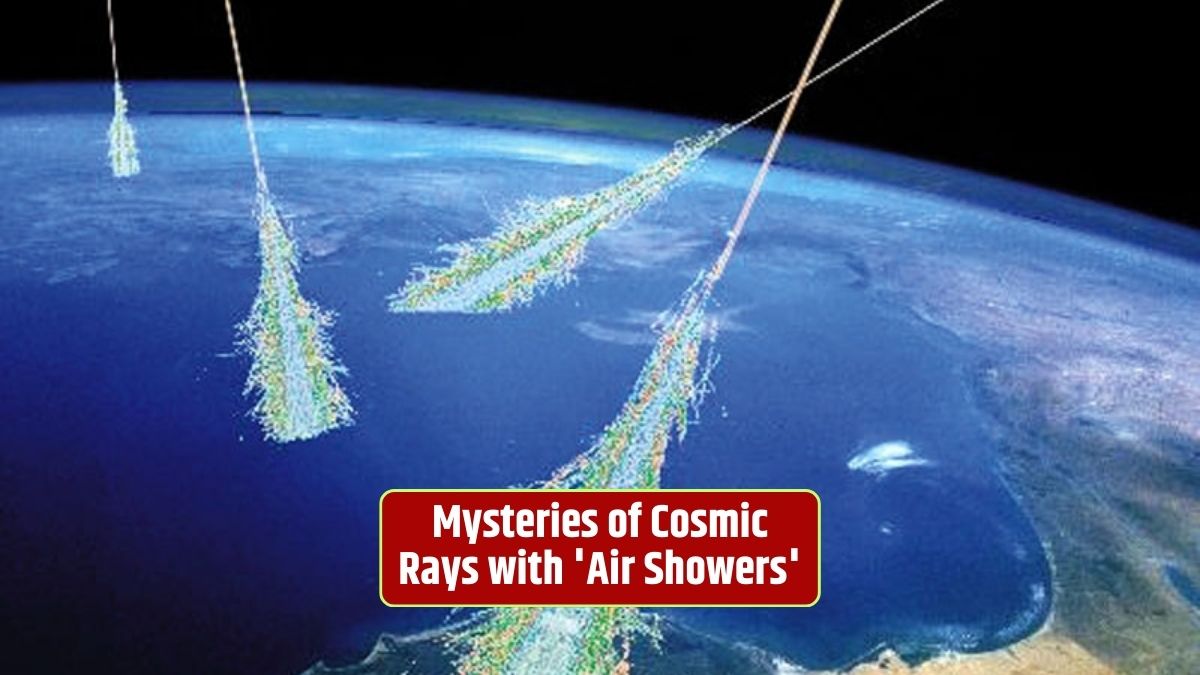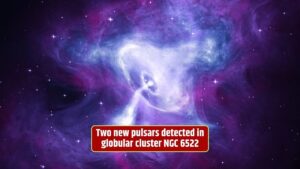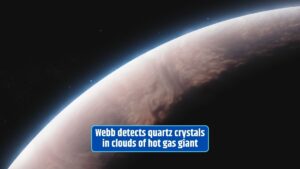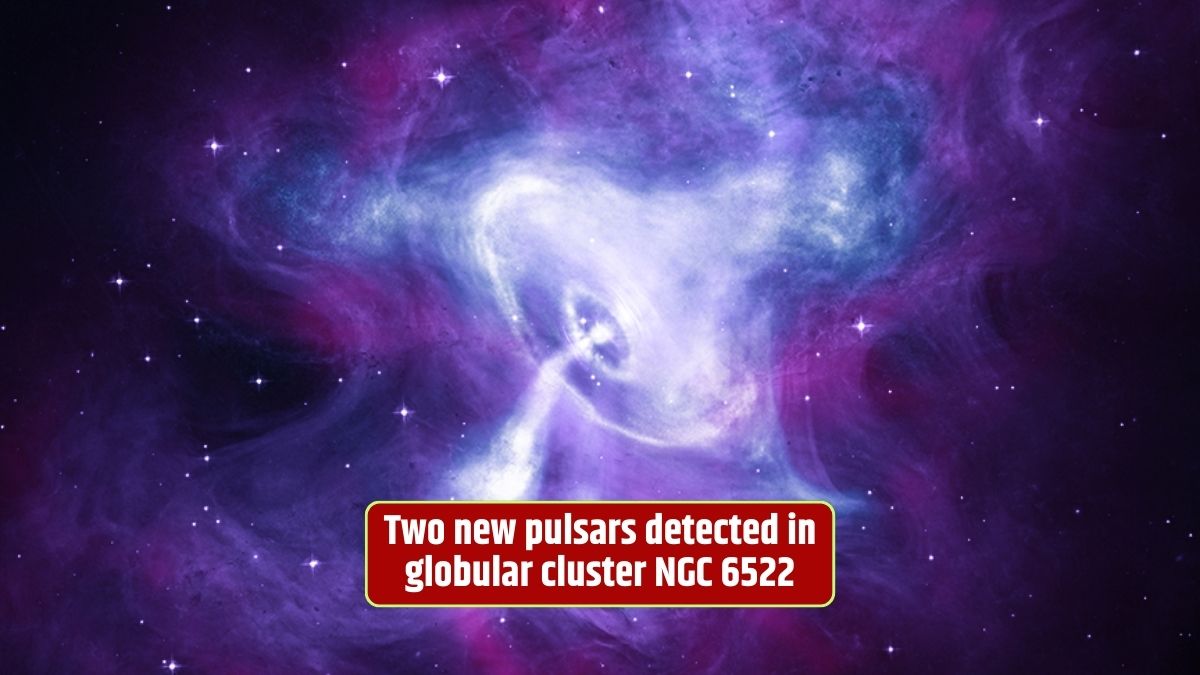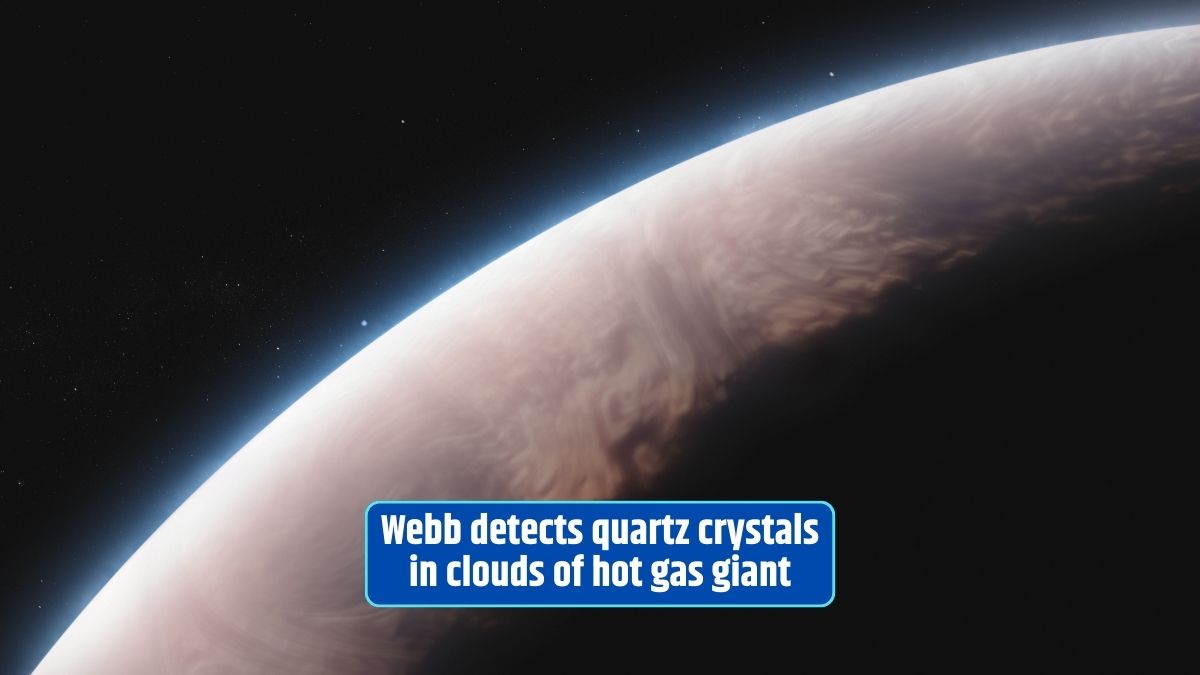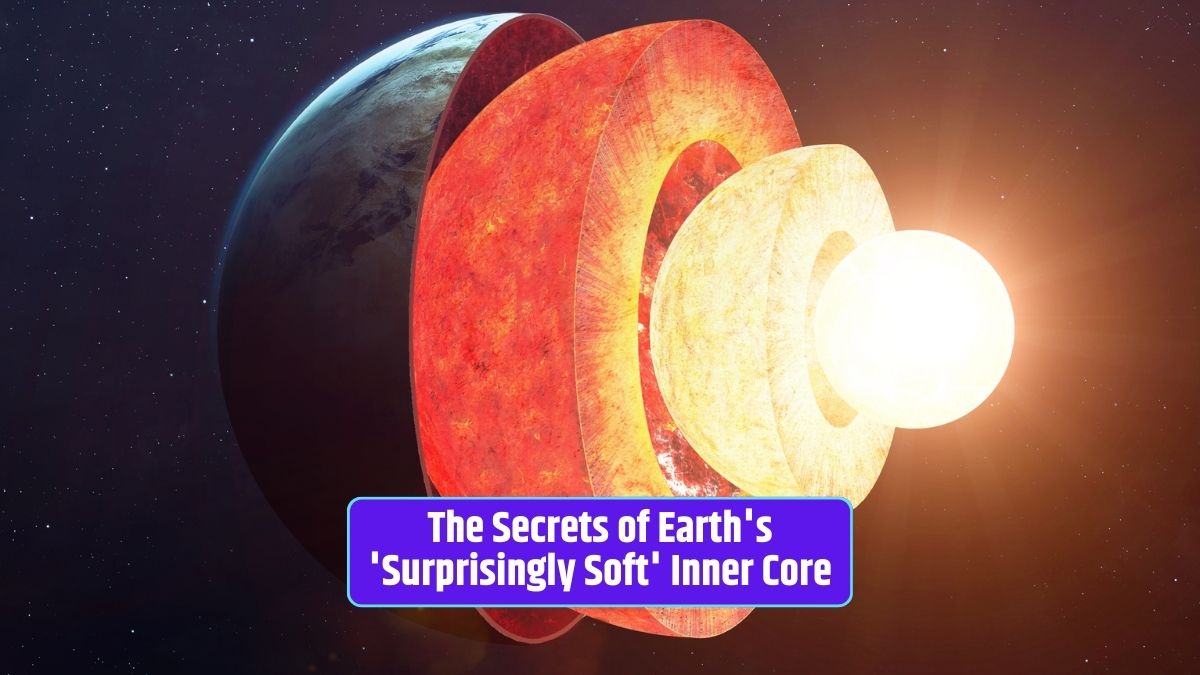Our universe is a bustling hub of energetic particles, and among them, cosmic rays stand as mysterious envoys from the depths of space.
These high-energy visitors continually pelt our Earth, and their origins have long confounded astronomers. However, a new method has emerged, shedding light on these elusive travelers by examining the dramatic aftermath of their cosmic journey.
Cosmic Conundrum
Cosmic rays are elusive entities, consisting of charged particles hurtling through the cosmos. Their wandering nature makes it challenging to trace them back to their extraterrestrial origins, primarily because they frequently encounter and interact with magnetic fields during their interstellar odyssey. The result? Cosmic ray sources lurking beyond our solar system remain shrouded in enigma.
A lineup of cosmic ray suspects includes supernovas, which, while powerful, may not account for these particles’ remarkable energy levels.
Other contenders comprise active galactic nuclei or quasars, fueled by voracious supermassive black holes, and even the enigmatic dark matter. Despite this cosmic lineup, astronomers have yet to unveil a smoking gun pointing definitively to these sources.
Drama of ‘Air Showers’
The cosmic drama unfolds when these charged cosmic voyagers encounter Earth’s atmosphere. As these energetic particles collide with atmospheric counterparts, they create a magnificent spectacle known as an “air shower.”
A cascade of secondary particles rains down to the Earth’s surface, signifying the culmination of this celestial performance. When a multitude of particles—ranging from thousands to billions—descend, it’s designated as an “extensive air shower.”
The extensive air showers, replete with their luminous tracks, pose a dual challenge for astronomers. On one hand, these cosmic fireworks can obstruct observations of the solar system, the Milky Way, and the broader universe. On the other hand, these dazzling streaks of light hold the key to unraveling the mysteries of cosmic rays.
Subaru Telescope
The Subaru Telescope, perched atop Hawaii’s Mauna Kea volcano, has become the stage for a revelation in our quest to decipher cosmic rays. A research team meticulously observed and analyzed these intriguing particle showers through a lens of precision.
Between 2014 and 2020, approximately 17,000 images captured by the telescope held the secrets of cosmic rays. Within this trove, the scientists identified 13 images that contained extensive air showers.
What they found in these images defied their expectations—an increased number of particle tracks. This revelation sparked the hope of decoding the cosmic ray puzzle.
Toshihiro Fujii, the team leader and a scientist from Osaka Metropolitan University, remarked on their innovative approach. “With conventional observation methods, it is challenging to distinguish between the types of particles that constitute extensive air showers,” he said. “Our method, on the other hand, has the potential to determine the nature of individual particles.”
Composition
Scientists believe that cosmic rays primarily consist of protons (90%), helium nuclei (9%), and a smattering of other particles, including electrons and even hefty atomic nuclei as substantial as lead (1%).
The new approach offers a promising path to unveil the constituent particles of air showers and, by extension, cosmic rays themselves. This revelation may hold the key to unraveling the origins of these cosmic enigmas.
Fujii envisions the future impact of their discovery. “By integrating our method with conventional approaches, we hope to advance our understanding of extensive air showers,” he said.
“This technique may allow us to search for dark matter or other exotic particles, offering additional insights into the transition of the universe into a matter-dominated era.”
In the world of astronomy, the discovery of cosmic rays’ elusive source could be akin to solving a celestial jigsaw puzzle. As we inch closer to this revelation, our understanding of the cosmos and its captivating mysteries deepens.
FAQs
What are cosmic rays, and why are they challenging to study?
Cosmic rays are high-energy particles from space that constantly bombard Earth. They are challenging to study because their paths are often deflected by magnetic fields, making it difficult to trace their origins.
Why do scientists refer to the aftermath of cosmic ray interactions with Earth’s atmosphere as “air showers”?
When cosmic rays collide with particles in Earth’s atmosphere, they create a cascade of secondary particles that rain down to the Earth’s surface, resembling a shower.
What did the research team at the Subaru Telescope discover in their observations of extensive air showers?
The team found a higher number of particle tracks in the images of extensive air showers than expected, offering a potential breakthrough in understanding cosmic rays.
What are the primary constituents of cosmic rays?
Cosmic rays are mainly composed of protons (90%), helium nuclei (9%), and other particles, including electrons and heavy atomic nuclei (1%).
How might this new method help unravel the mysteries of cosmic rays?
The method allows for a more precise determination of the nature of individual particles in air showers, providing insights into the composition of cosmic rays and their source.
